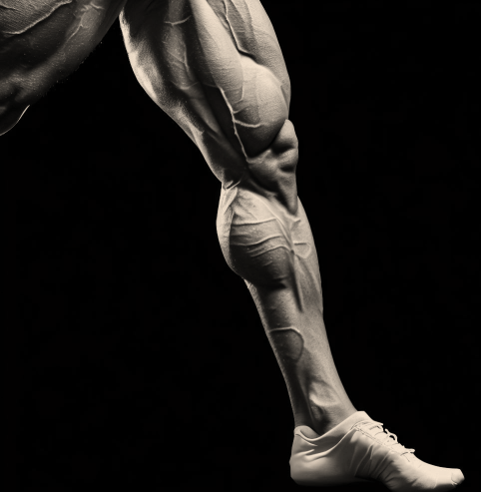Understanding the Basics of Leg Muscles
Leg muscles, primarily consisting of the quadriceps, hamstrings, and calves, are some of the most powerful and largest muscles in the human body. They play a pivotal role in supporting our weight, enabling movement, and maintaining posture. However, there are instances when individuals seek to reduce the size or mass of their leg muscles. This could be due to personal aesthetic preferences, medical reasons, or specific athletic requirements.
Reasons to Reduce Leg Muscle Mass
Before diving into the methods, it’s essential to understand why someone might want to lose leg muscle. Some common reasons include:
- Aesthetic Preferences: Some individuals prefer leaner legs over muscular ones.
- Sport-Specific Requirements: Certain sports, like long-distance running, may benefit from leaner leg muscles.
- Medical Conditions: Conditions like compartment syndrome might require muscle reduction for relief.
Safe and Effective Methods to Reduce Leg Muscle Mass
1. Adjust Your Exercise Routine
- Limit Resistance Training: Weightlifting, especially with heavy weights, can increase muscle mass. To reduce leg muscle, limit exercises like squats, leg presses, and lunges.
- Increase Cardio: Cardio exercises like running, cycling, and swimming can help in burning muscle mass when done for extended periods.
- Focus on Low-Intensity, Long-Duration Workouts: Instead of short, high-intensity workouts, opt for longer sessions at a moderate pace.
2. Dietary Adjustments
- Reduce Protein Intake: Protein is essential for muscle growth. By slightly reducing your protein intake, you can prevent further muscle growth.
- Stay Hydrated: Drinking enough water supports muscle health and can prevent cramping.
- Limit Caloric Intake: Consuming fewer calories than you burn can lead to muscle reduction, but ensure you’re still meeting your body’s basic nutritional needs.
3. Stretching and Flexibility Training
- Yoga and Pilates: These practices emphasize flexibility and can help elongate muscles.
- Regular Stretching: Incorporating daily stretching routines can aid in muscle relaxation and prevent tightness.
4. Massage and Physical Therapy
- Deep Tissue Massage: This can help in breaking down muscle fibers, leading to a reduction in muscle size over time.
- Physical Therapy: A physical therapist can provide exercises and techniques specifically tailored to your muscle reduction goals.
Things to Avoid When Trying to Lose Leg Muscle
- Starvation or Extreme Caloric Restriction: This can lead to severe health issues and is not a sustainable or healthy way to reduce muscle mass.
- Overtraining: While increasing cardio can help reduce muscle, overdoing it can lead to injuries.
- Dehydration: Reducing water intake can make muscles appear smaller temporarily, but it’s harmful and can lead to severe health complications.
Conclusion
Reducing leg muscle mass is a personal decision and can be achieved through various safe and effective methods. By adjusting your exercise routine, making dietary changes, incorporating flexibility training, and seeking massage or physical therapy, you can achieve your desired leg muscle size. Always consult with a fitness or medical professional before making significant changes to your routine.
Check out the other articles to find out all you need about leg muscle exercises.
